FA-330 Final
1/86
There's no tags or description
Looks like no tags are added yet.
Name | Mastery | Learn | Test | Matching | Spaced |
|---|
No study sessions yet.
87 Terms
cella (naos)
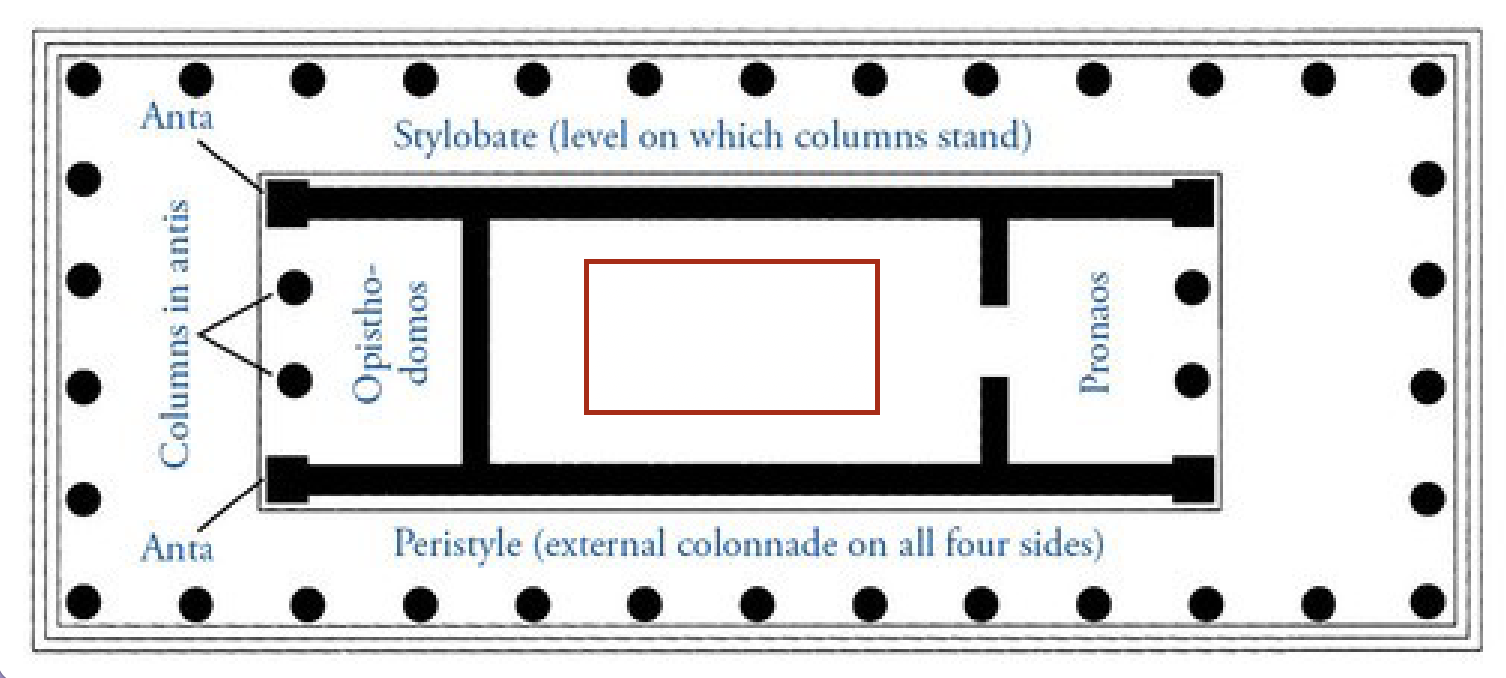
anta
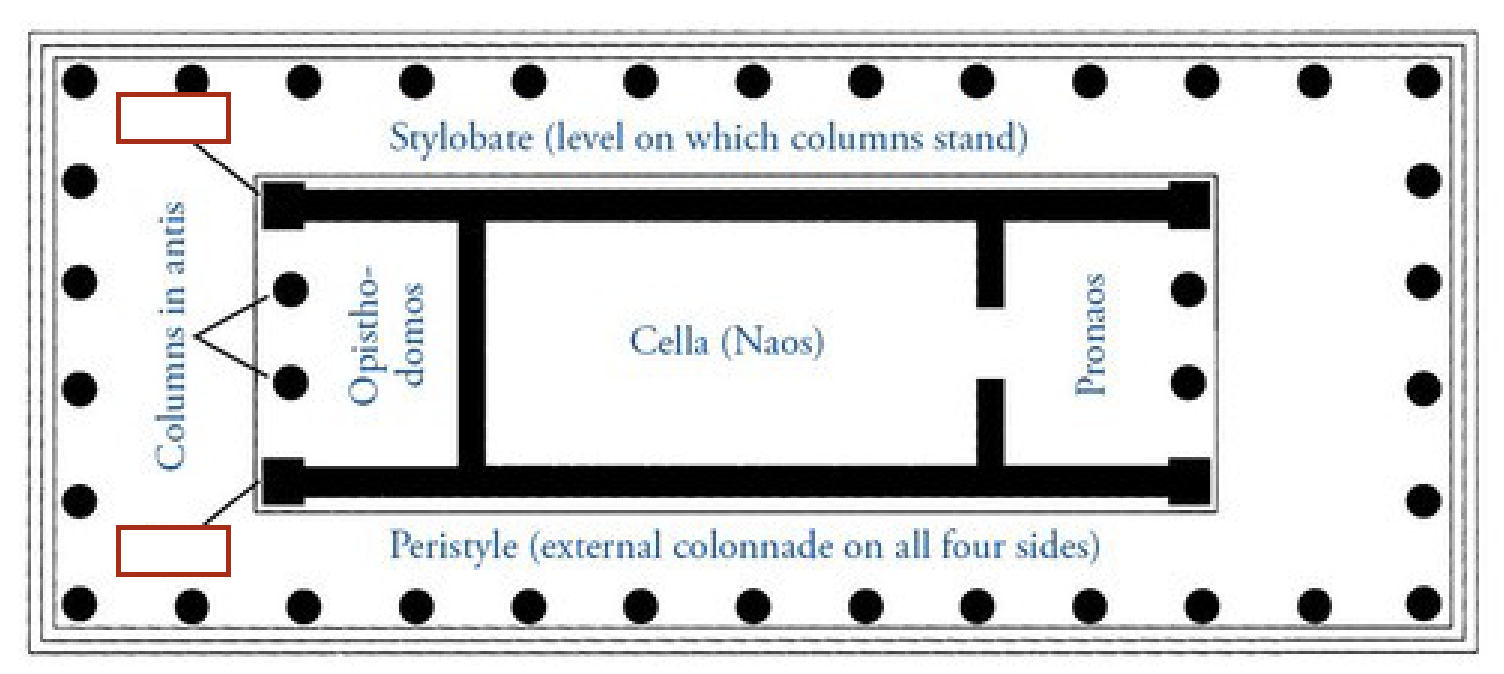
columns in antis
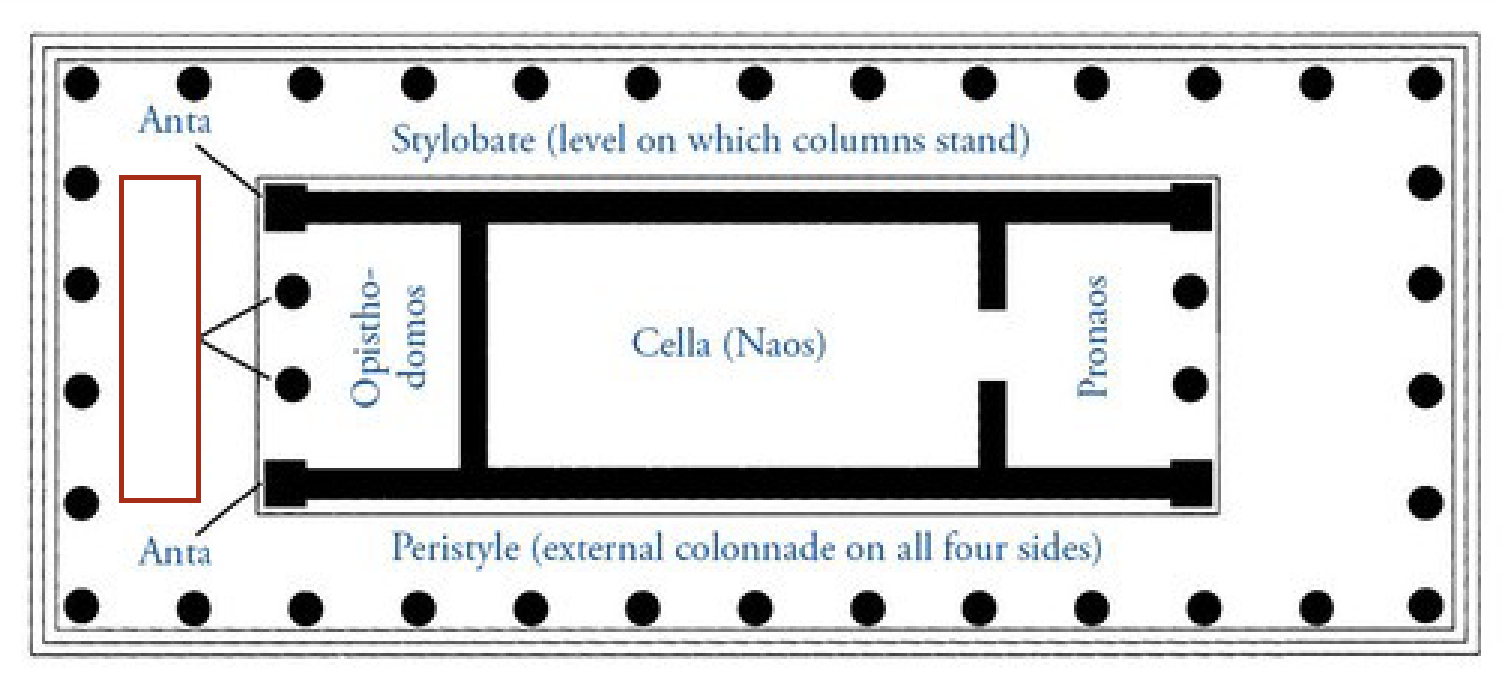
ophistodomos
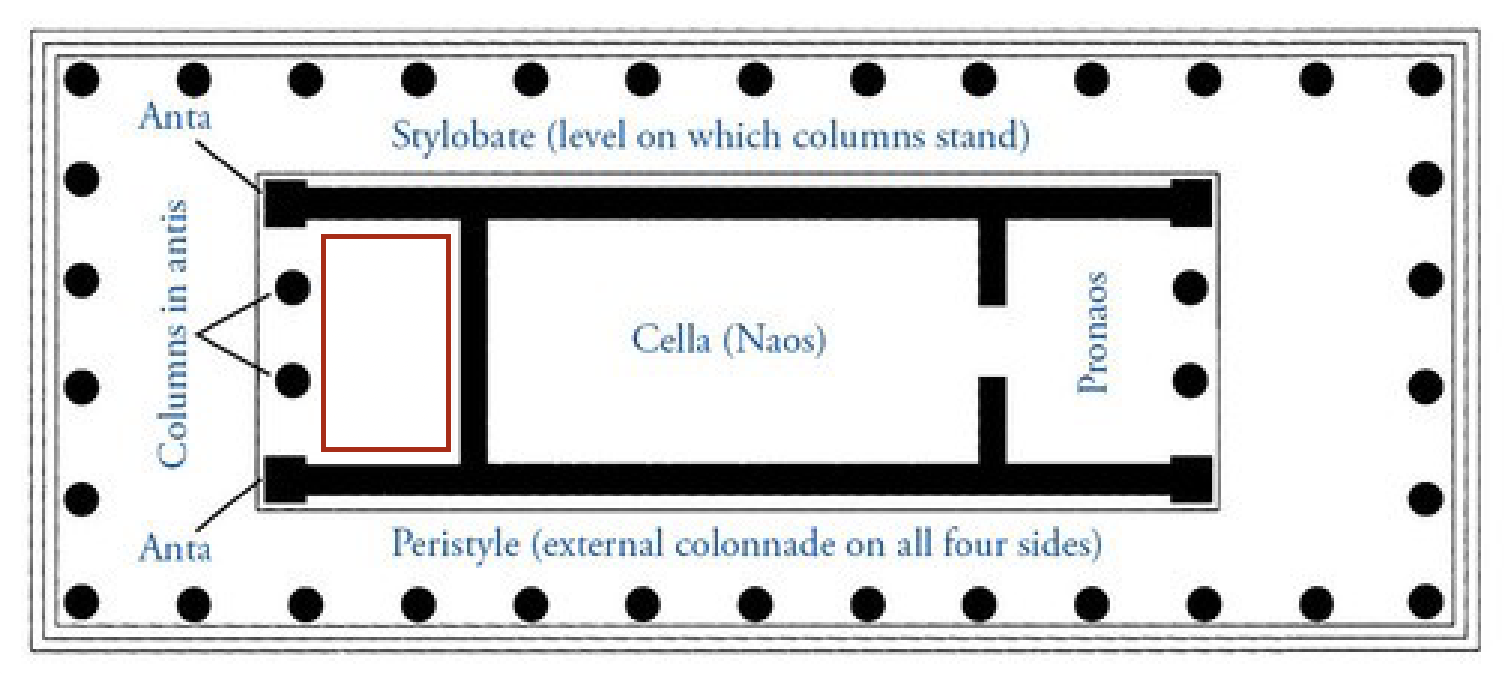
peristyle (external colonnade on all four sides)
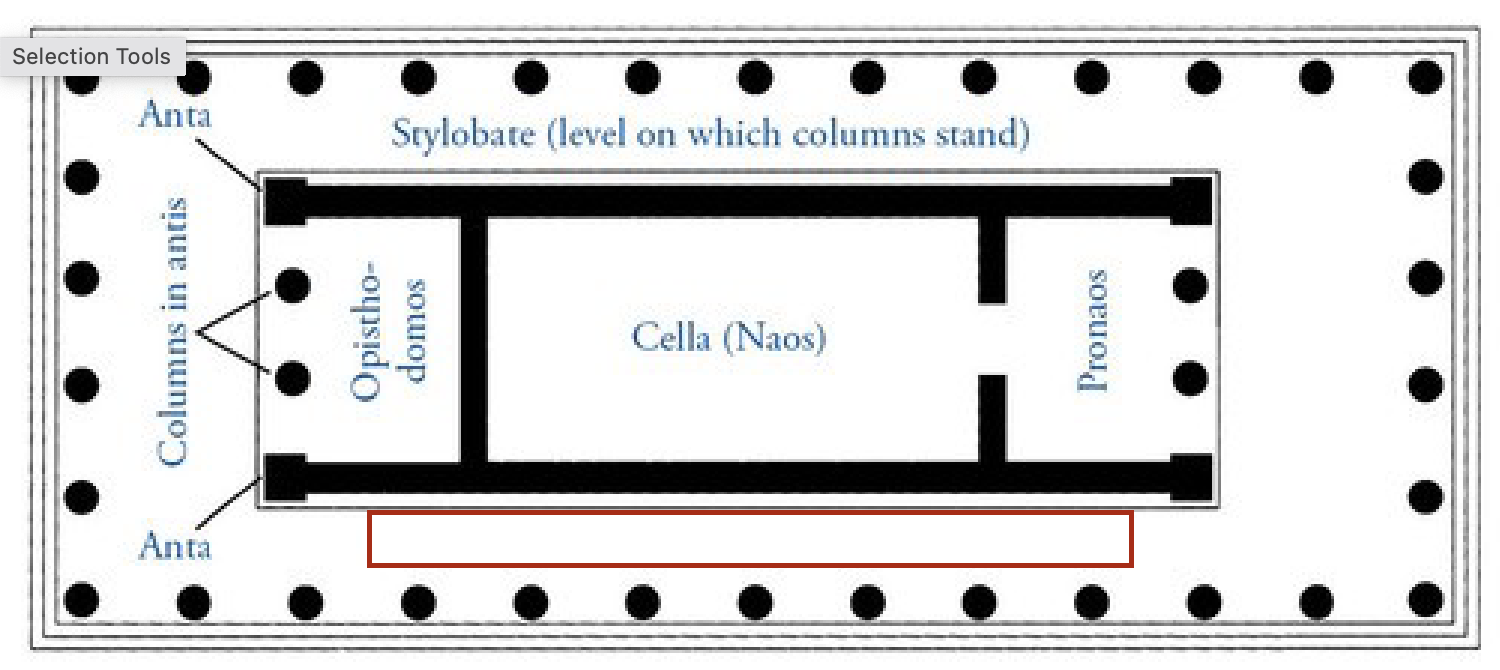
pronaos
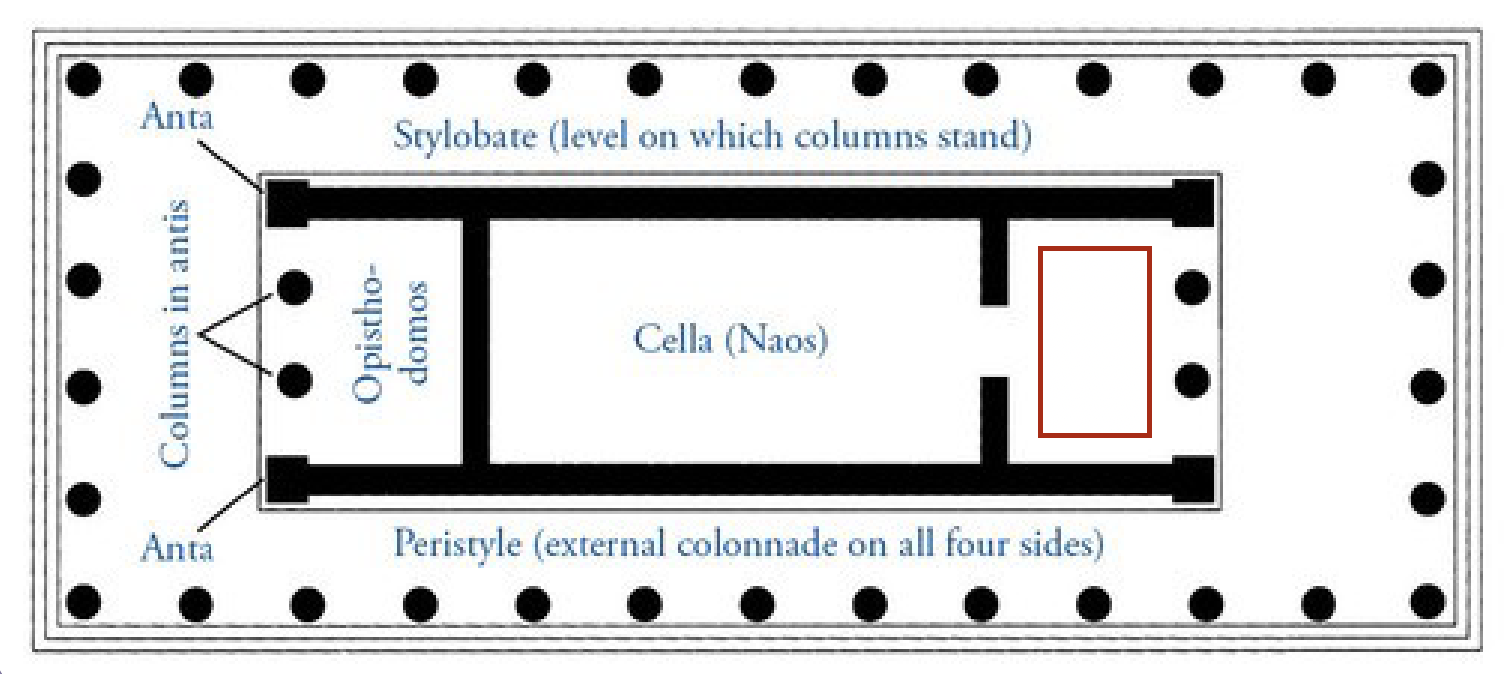
stylobate (level on which columns stand)
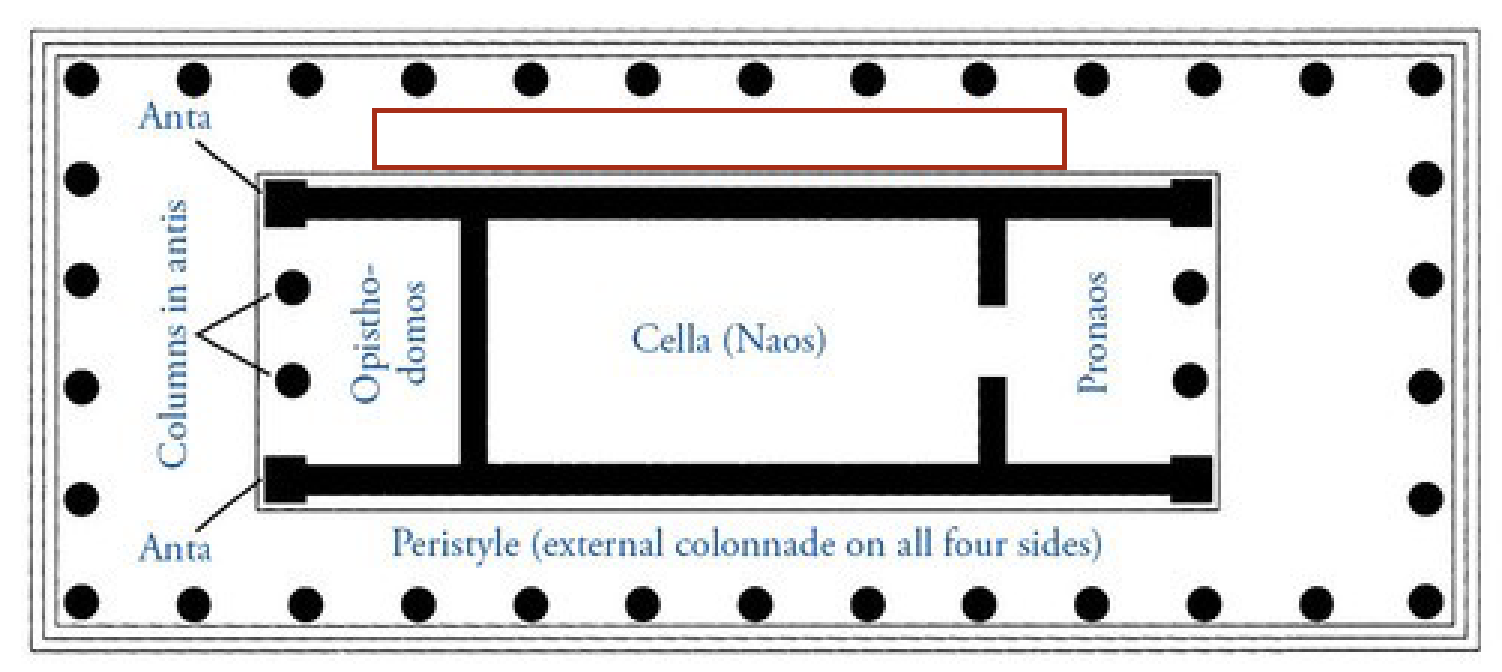
abacus echinus annulets
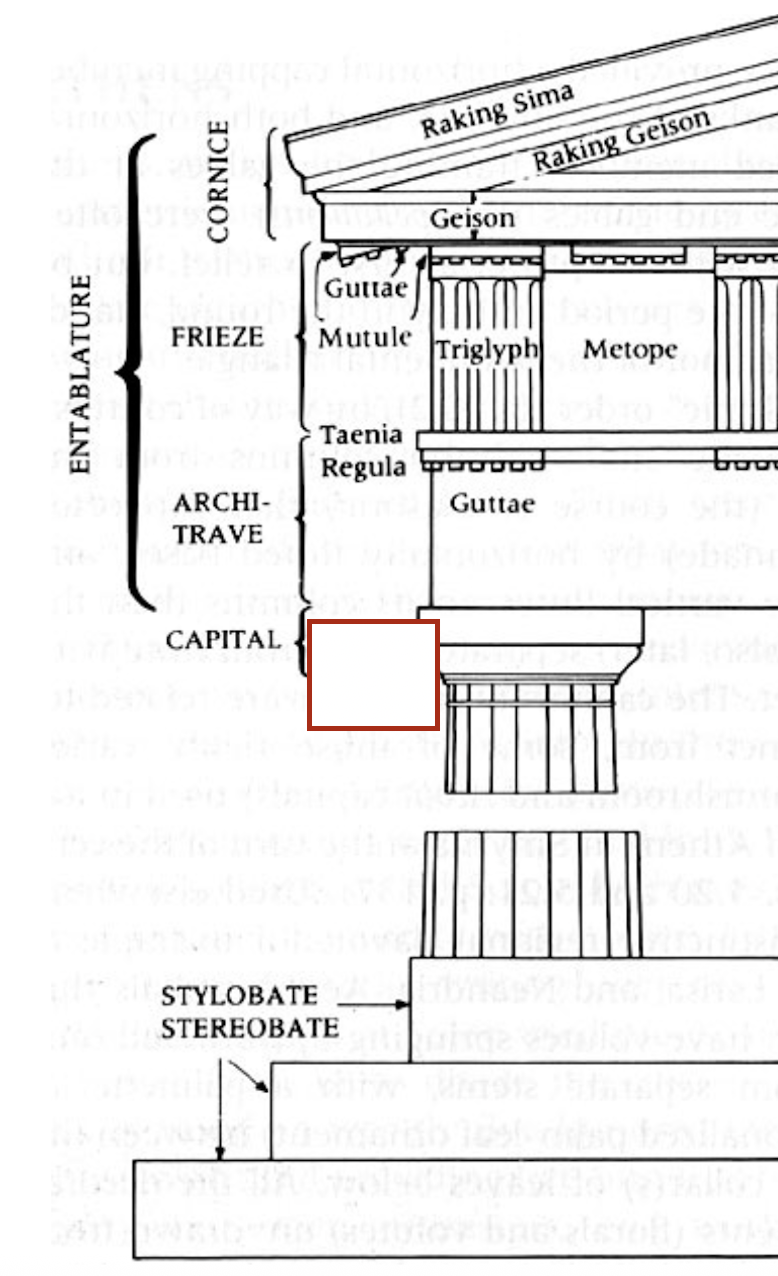
architrave
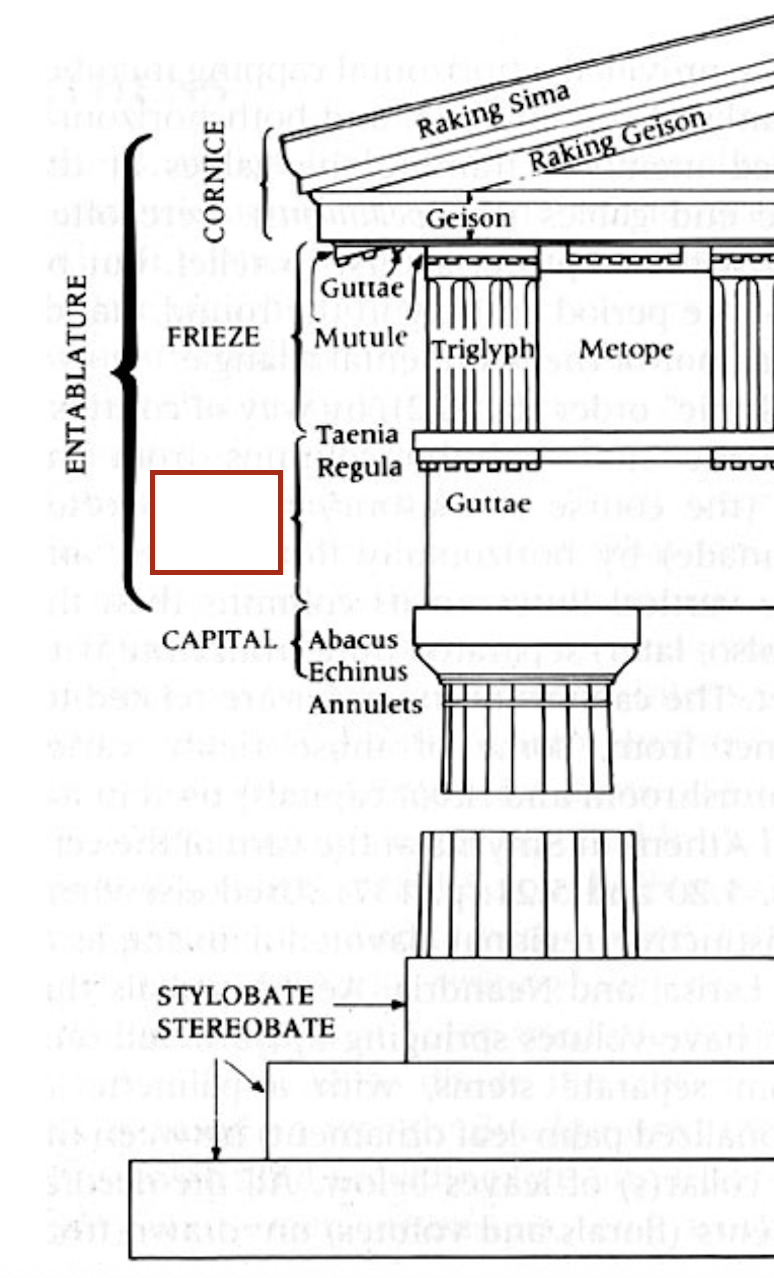
capital
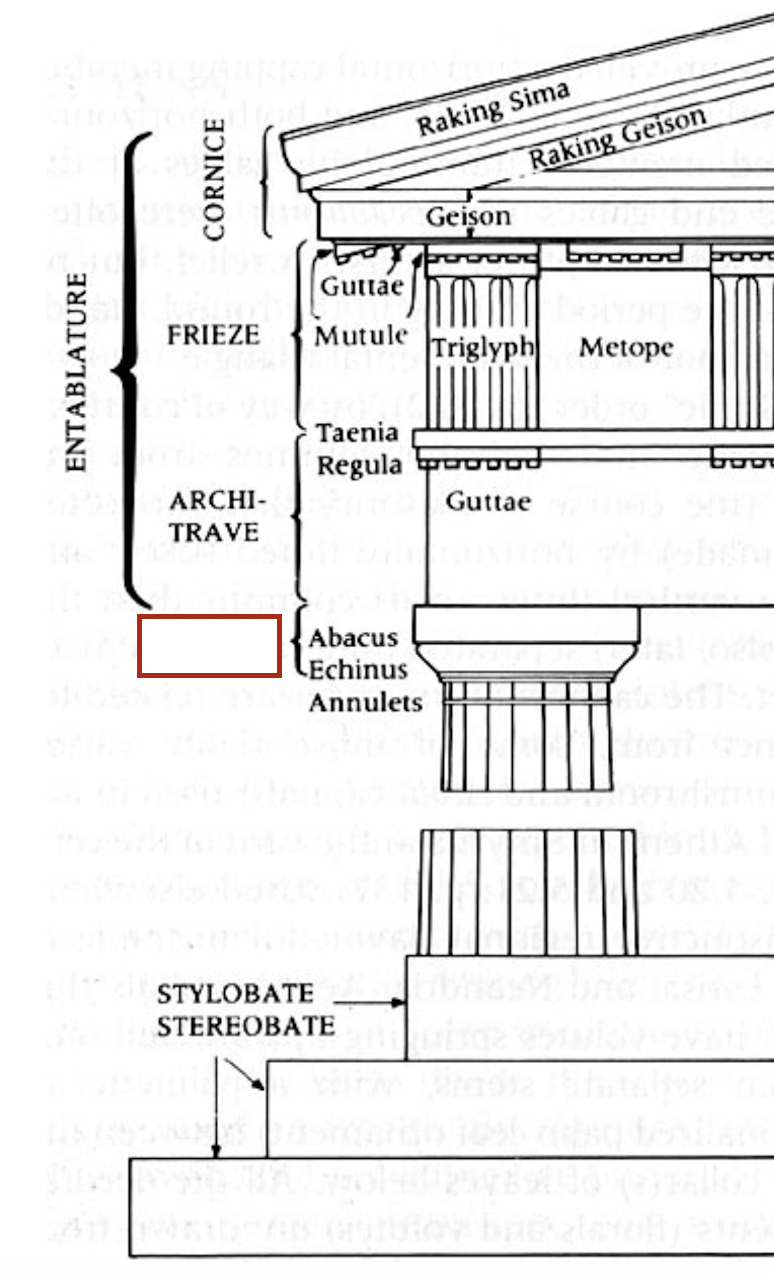
cornice
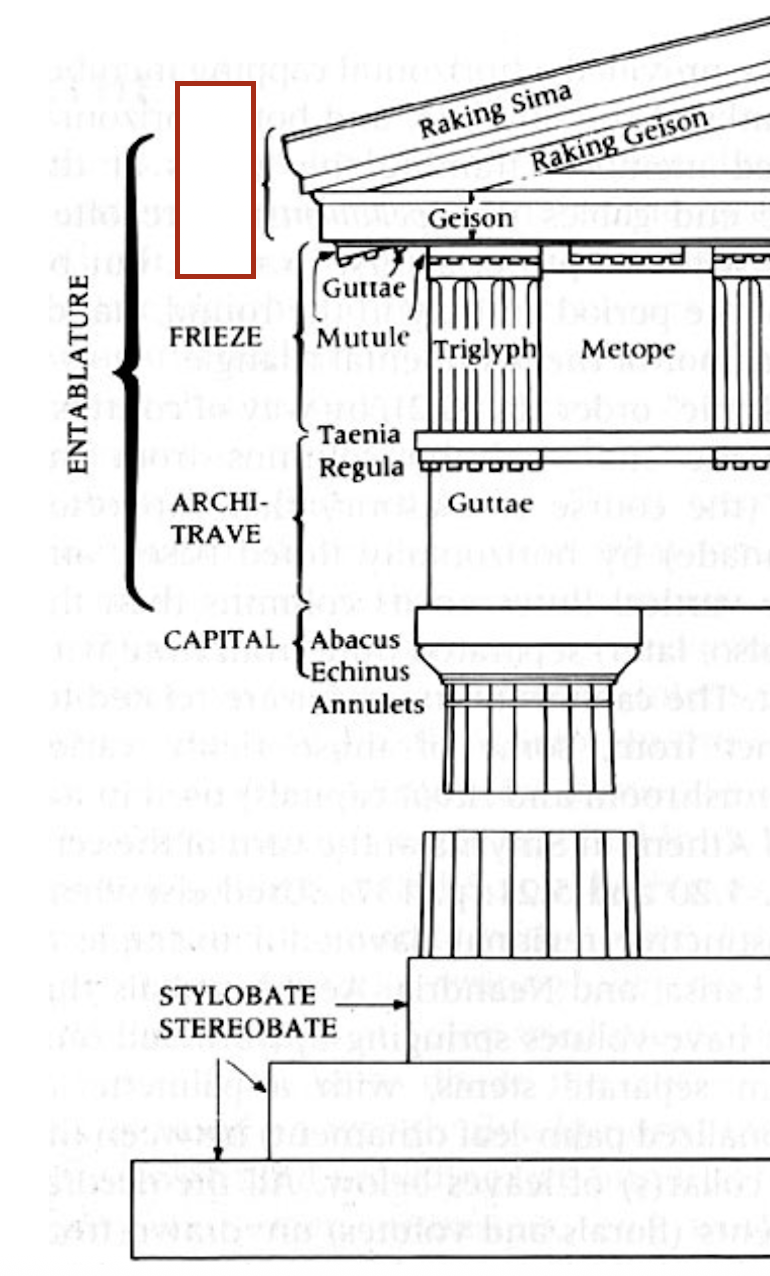
entablature
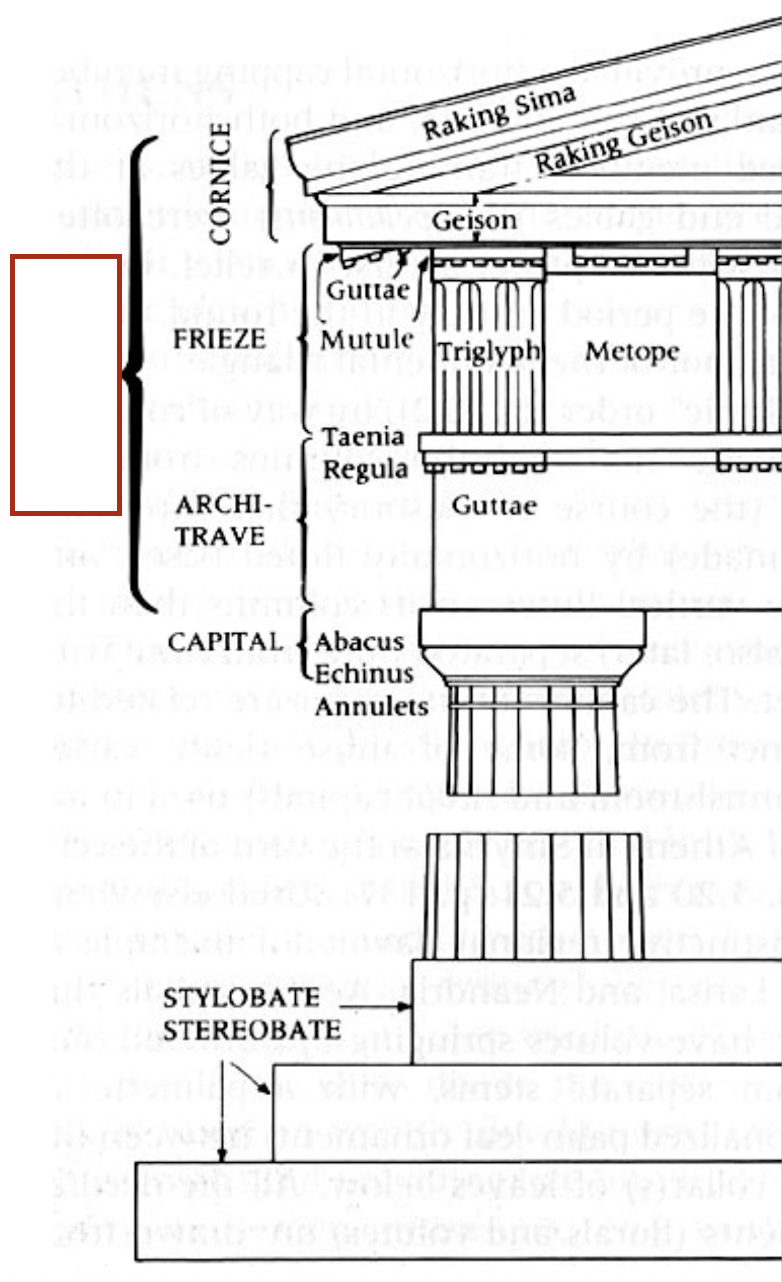
frieze
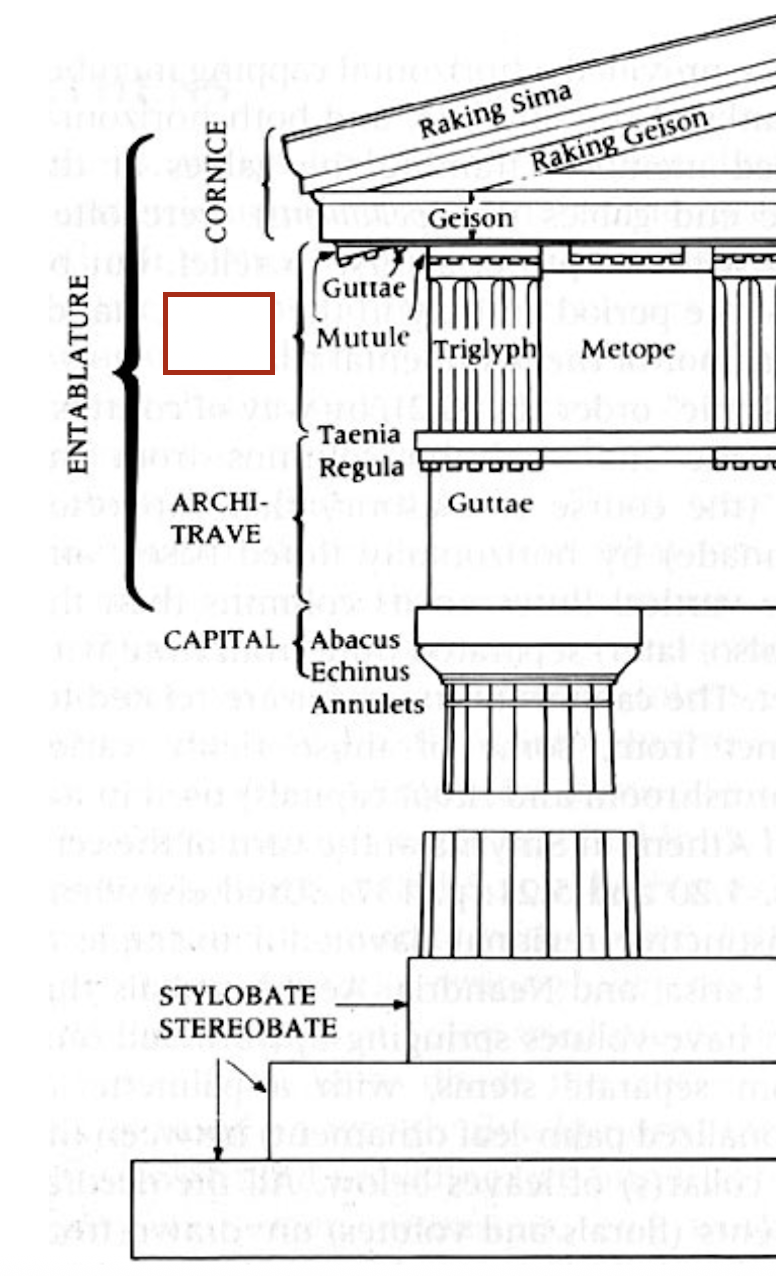
geison
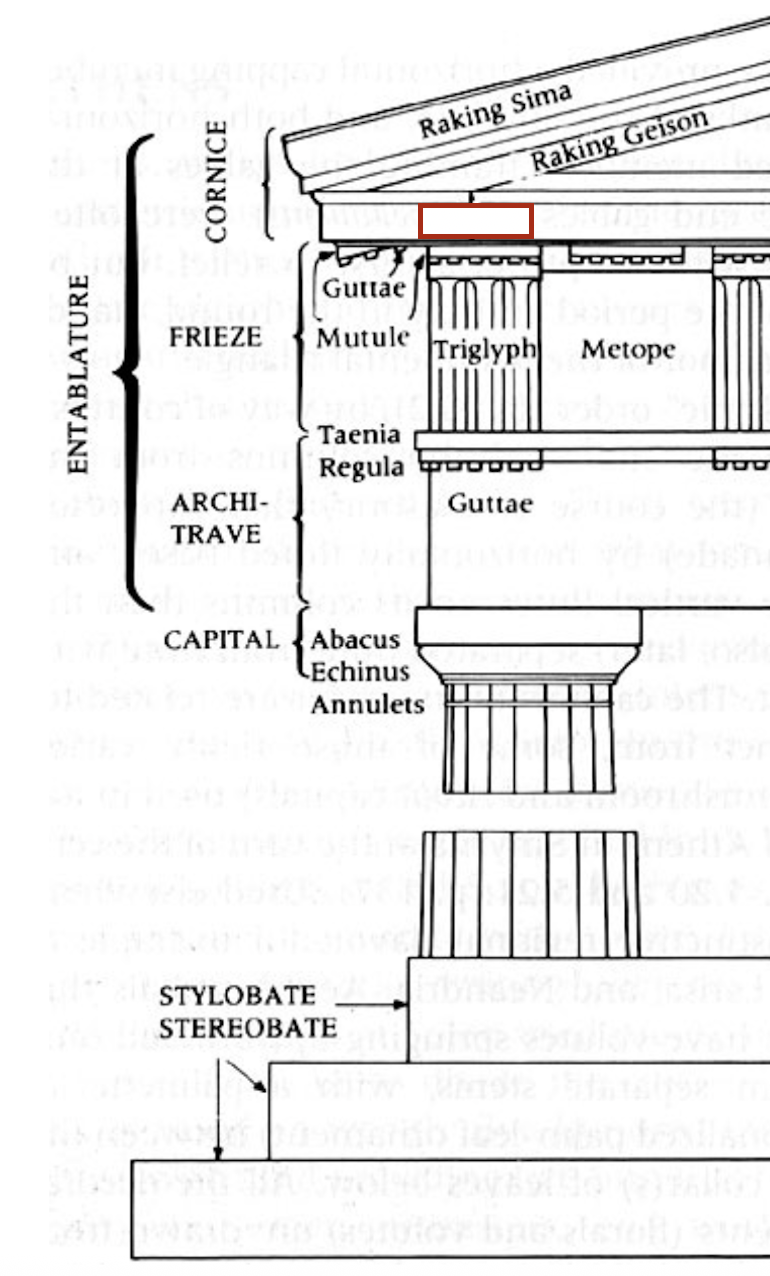
guttae
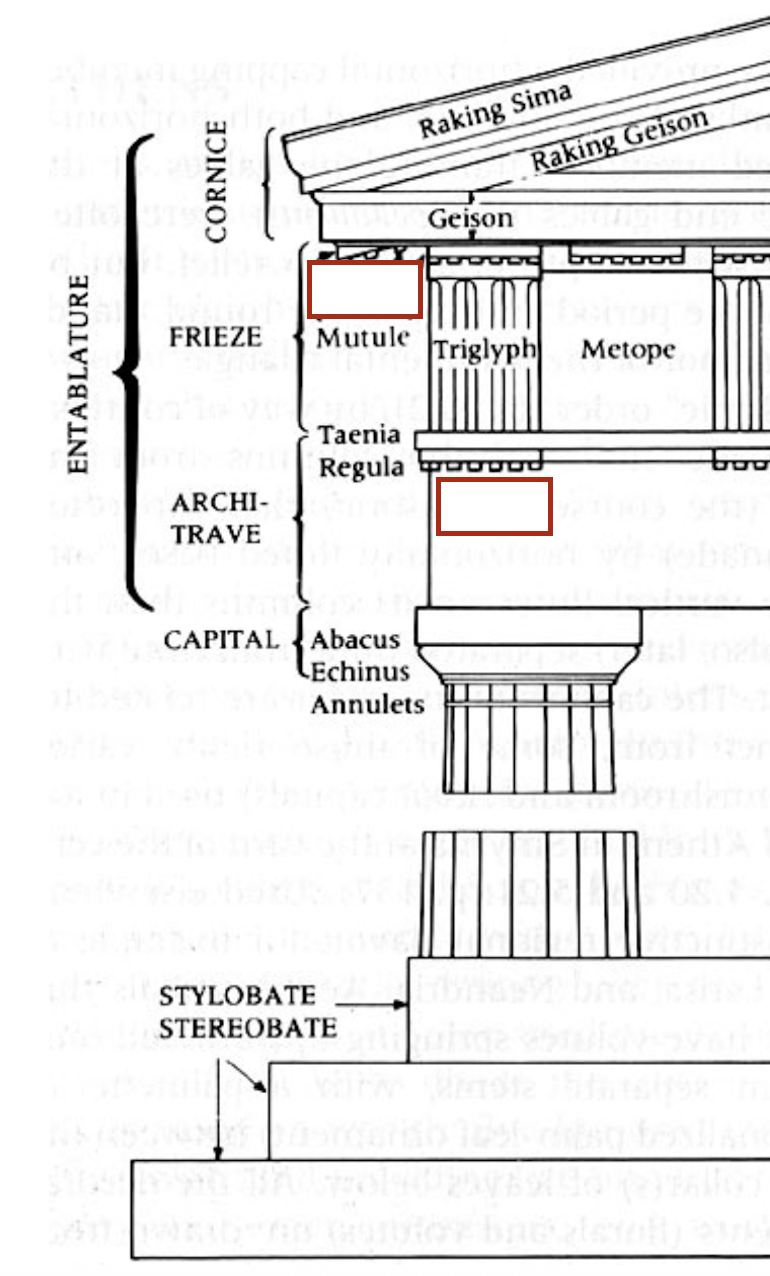
metope
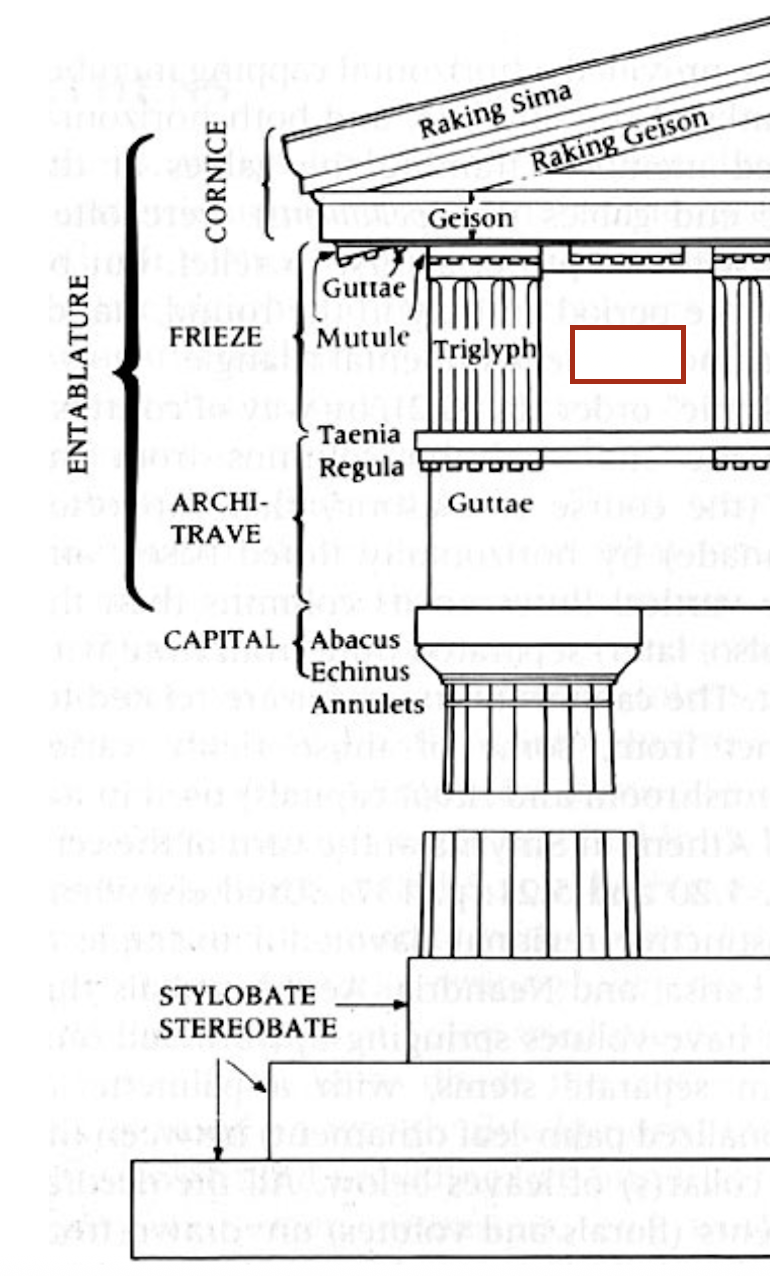
mutule
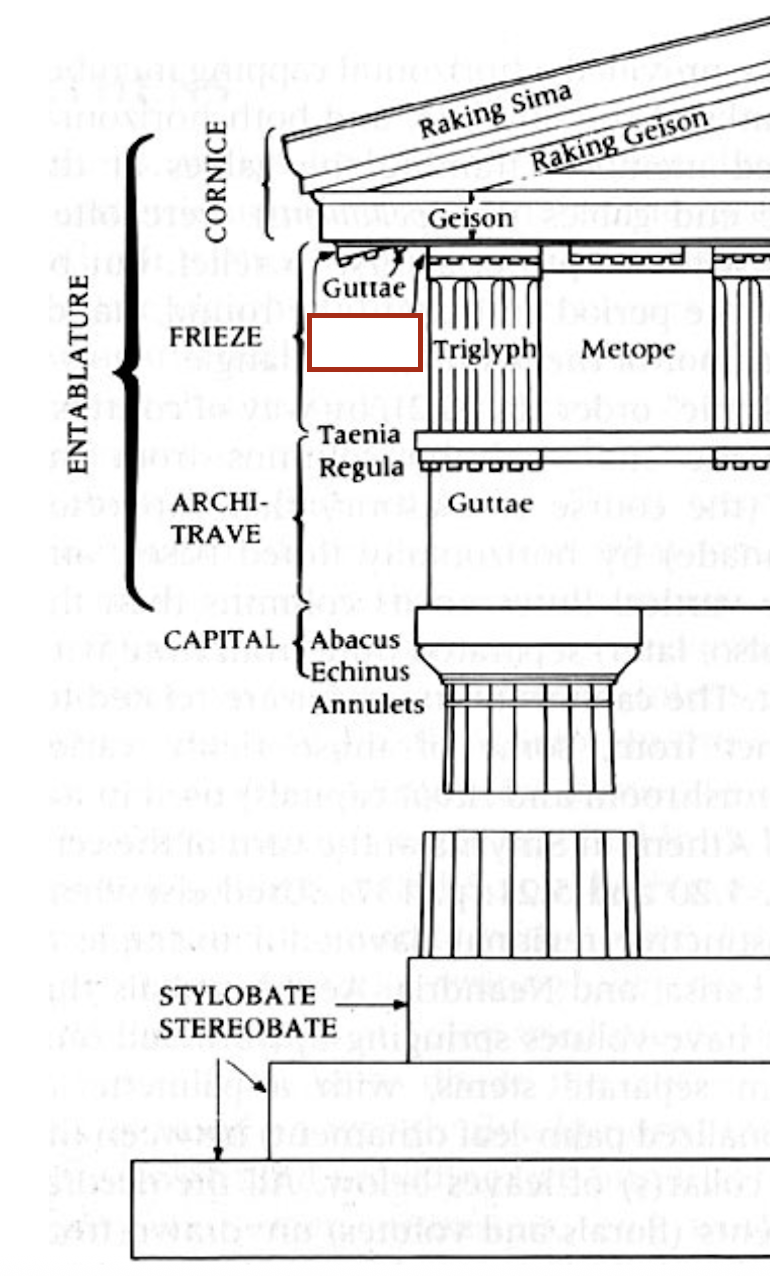
raking geison
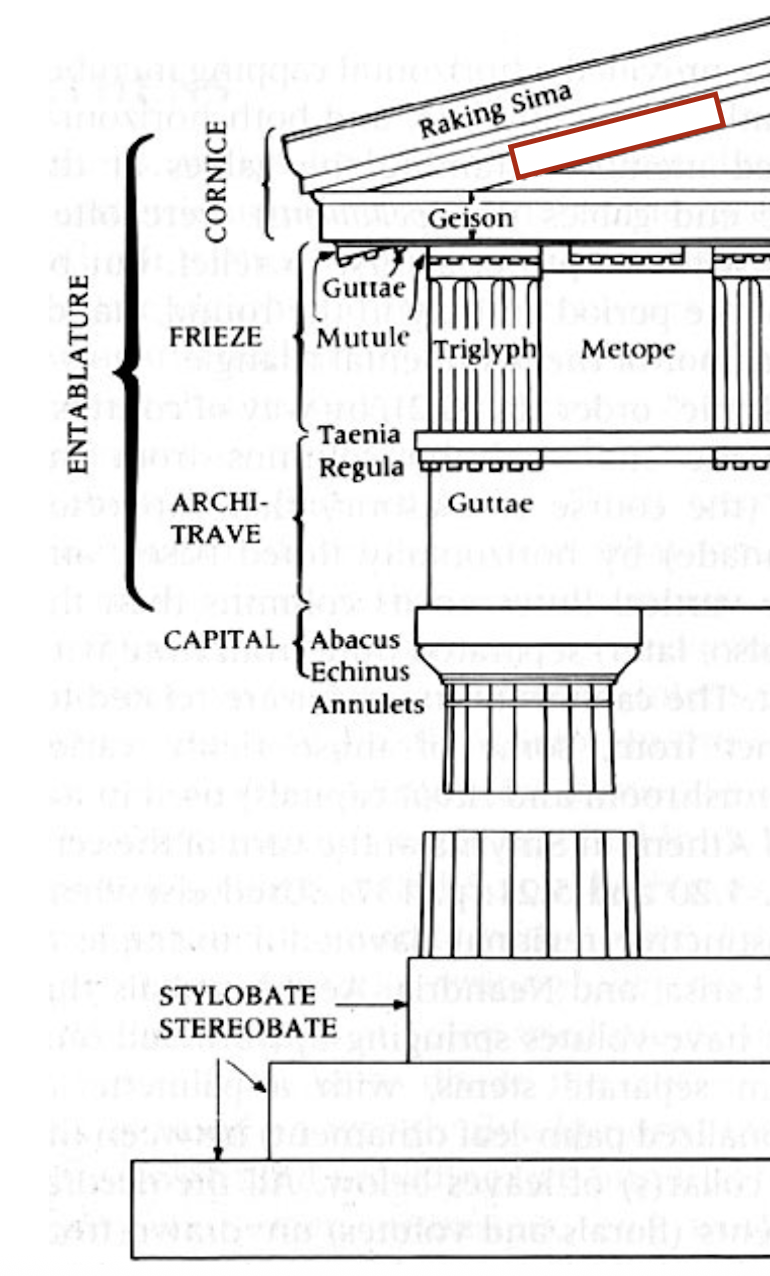
raking sima
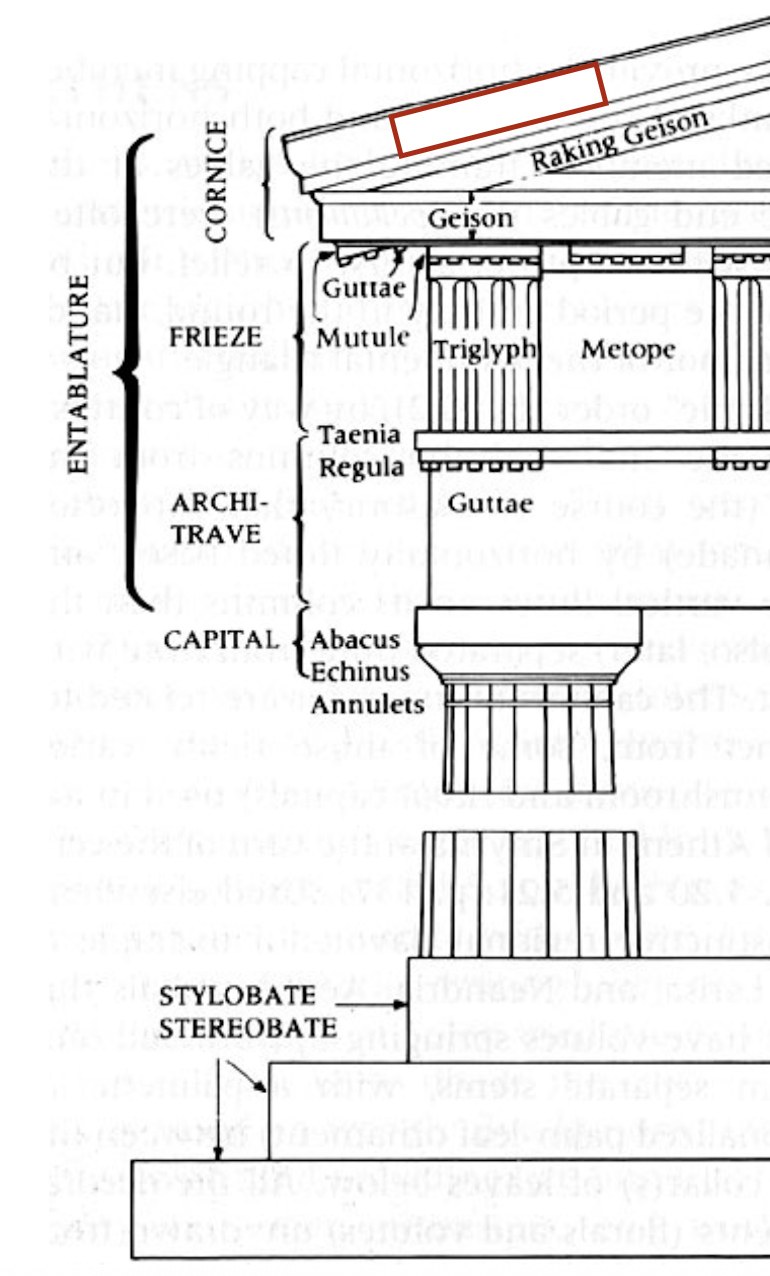
stylobate stereobate
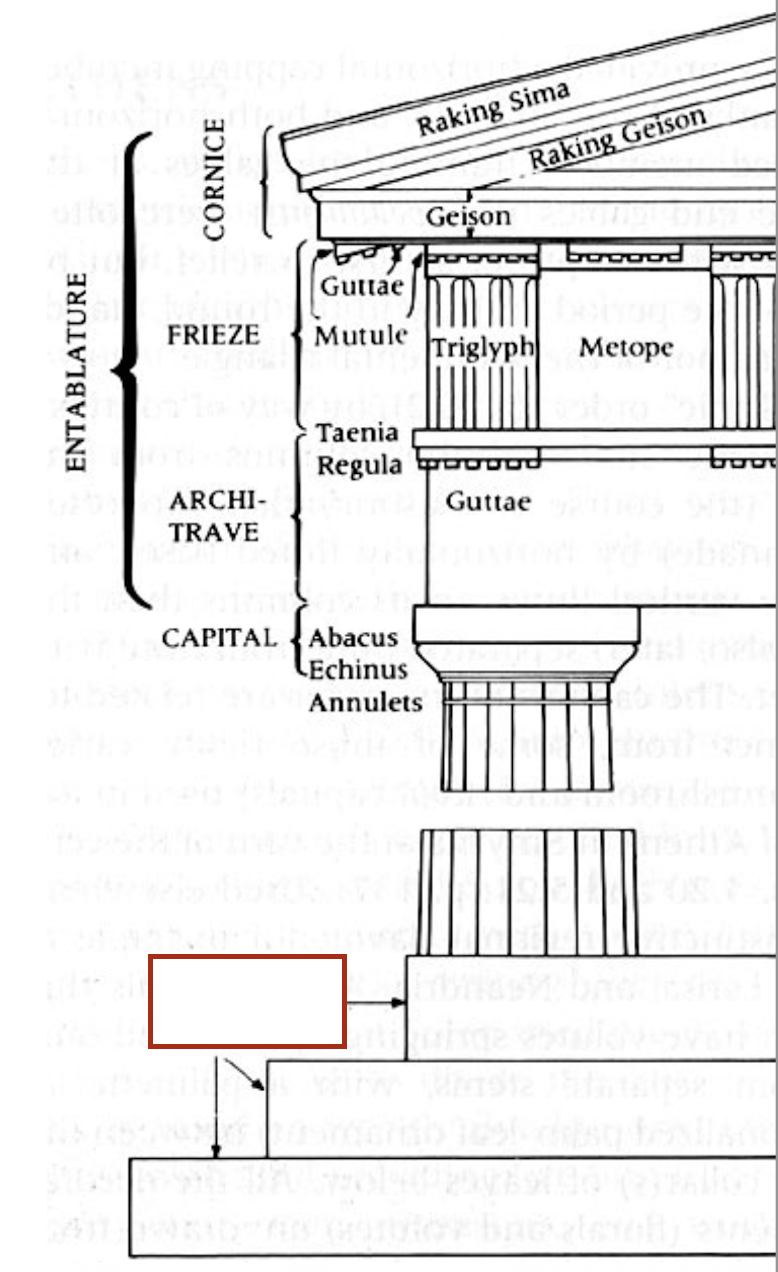
taenia regula
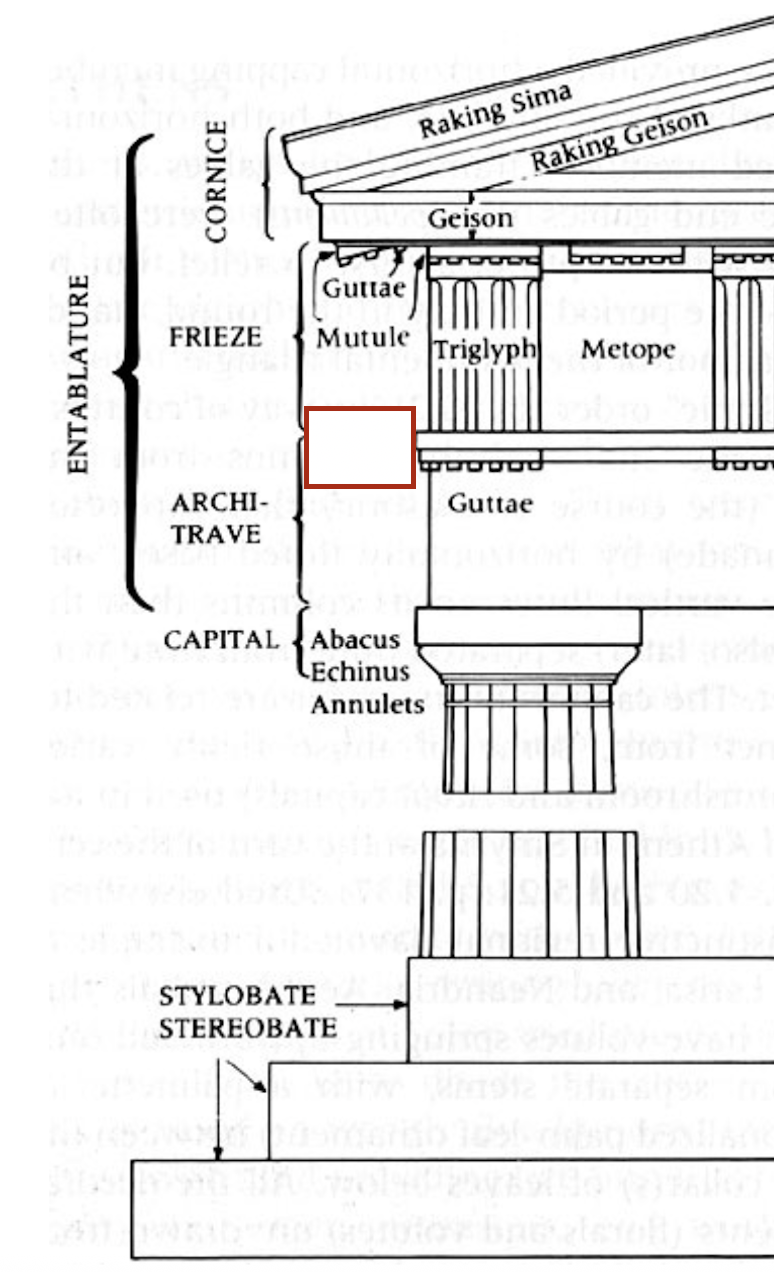
triglyph
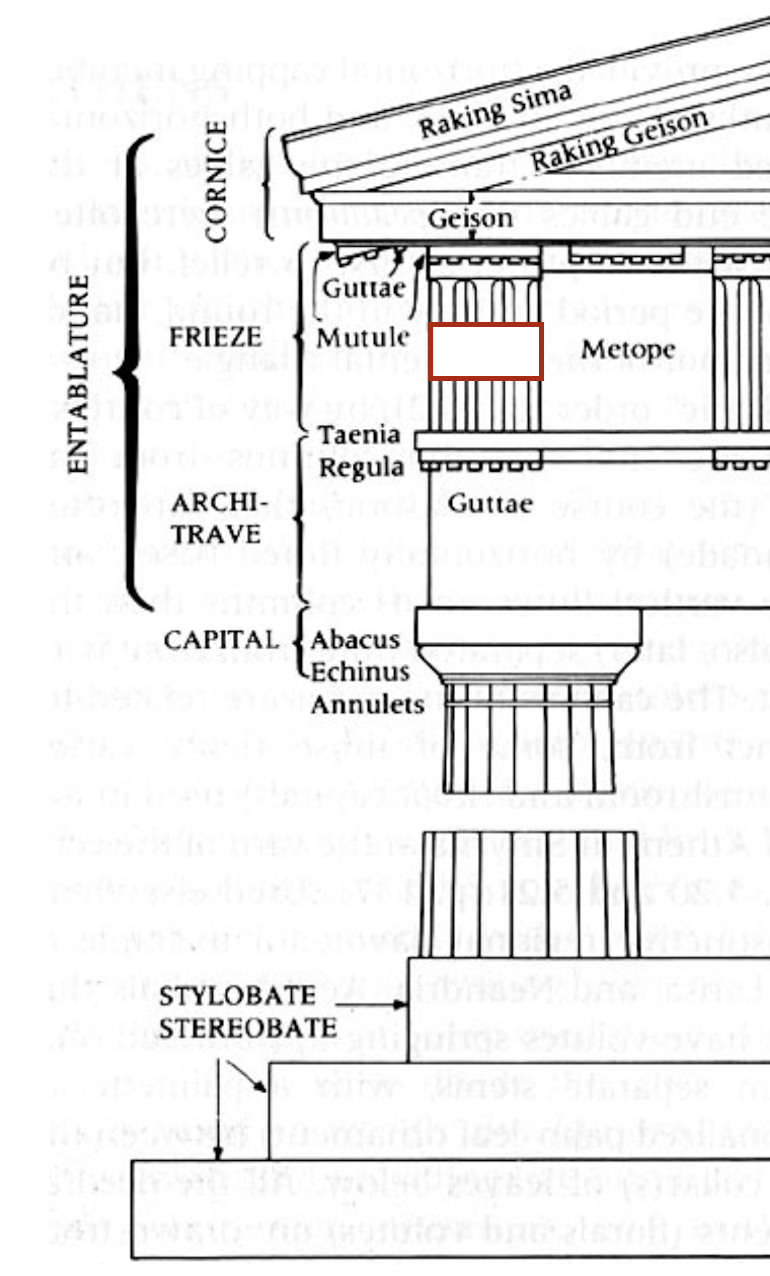
fresco
medium/binder: wet plaster
solvent/vehicle: water
support: walls and ceilings
egg tempera
medium/binder: egg yolk
solvent/vehicle: water
support: wood, masonite board, canvas, etc.
oil
medium/binder: linseed oil
solvent/vehicle: turpentine
support: anything but paper
watercolor
medium/binder: gum arabic
solvent/vehicle: water
support: paper
encaustic
medium/binder: hot wax
solvent/vehicle: heat
support: anything but paper
gouache
medium/binder: non-translucent white
solvent/vehicle: water
support: anything
acrylic
medium/binder: synthetic resins
solvent/vehicle: water
support: anything
medium/binder
the substance in a process that causes pigment particles to adhere to one another and the support
solvent/vehicle
the substance that enables the artist to thin the paint so as to control its flow and clean brushes
support
the surface on which a two-dimensional work of art is painted upon
cartoon
a preparatory drawing made for projects such as fresco, stained glass, or tapestries usually on paper and drawn to scale with the larger work
pigment
the coloring material of a medium, made from various organic or chemical substances; when mixed with a binder such as hot wax, oil, gum arabic, or other substances, it creates a drawing or painting process
c.
the depiction of the greeks on the ionic frieze of the parthenon was exceptional because:
a. they were shown as allies of the spartans
b. they appear to be wearing the costumes of deities
c. no human event had been depicted on the temple before
d. they were defeated in battle
insula
90% of the population in rome lived in tenement housing called:
b.
the ionic frieze on the parthenon is a representation of:
a. the erechtheum
b. the pantheanic procession
c. athena’s birth
d. the amazonian woman
agora
a civic public square, gathering places
trompe l’oeil
meaning to fool the eye, romans would incorporate this into paintings (painting a plaster wall to look like granite instead)
doric
column style with a plain capital, fluted shaft; most simple, masculine of orders
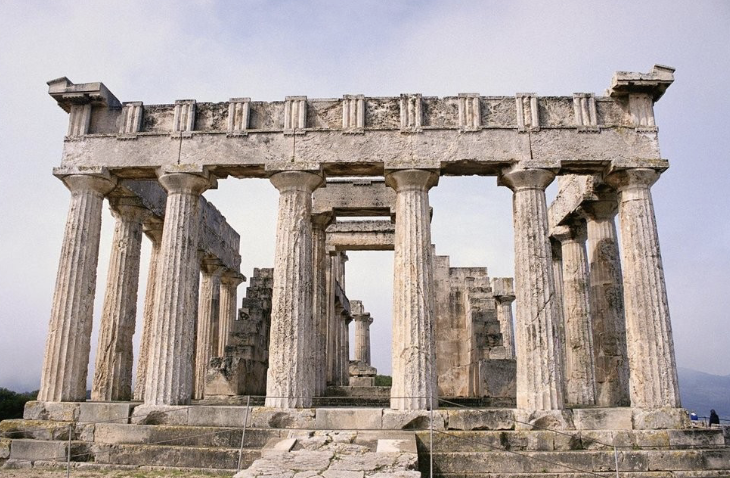
ionic
more slender and ornate than doric, scroll-shaped ornaments on top of the capital with a fluted shaft; feminine
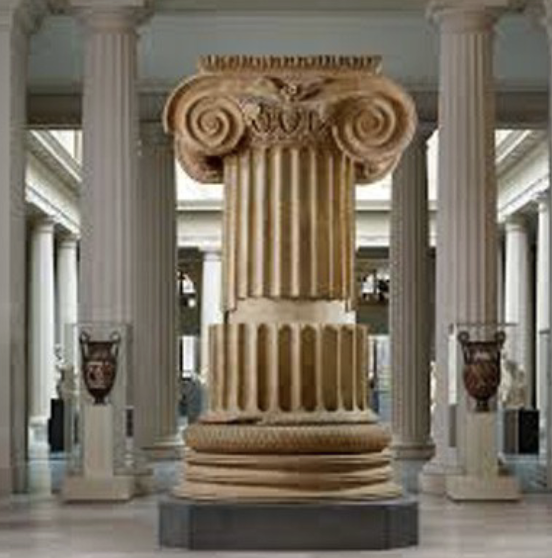
corinthian
most ornamental, classically designed with plant details on the capital; curve along lines called entasis

amphora
two-handled vase with a long neck, used for storage and transport
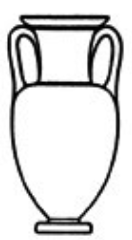
stamnos
two-handled vase like an amphora but wider, squat, with a short neck
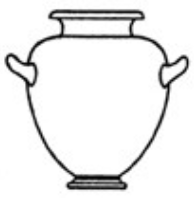
krater
two low handles, no actual neck but a large, widening mouth and opening
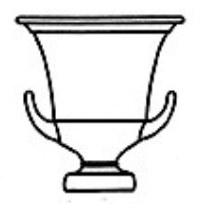
psykter
no handles, undulating shape with a neck and base to stand on
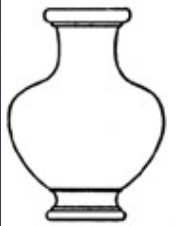
kantharos
drinking cup with two handles that point upward, on a base/stand
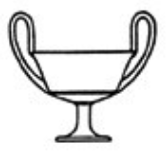
kylix
squat, wide drinking cup with short handles that point outward

oinochoe
typical vase
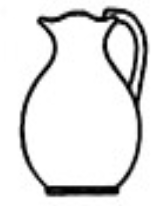
hydria
three-handled vase
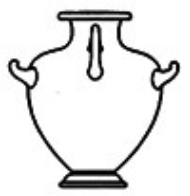
loutrophoros
extremely long, tall and skinny vase with two long handles pointing up, connected
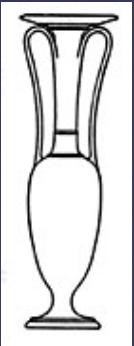
lebes gamikos
short vase on a very tall stand with two short handles
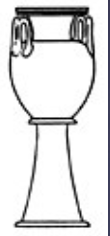
lekythos
tall vase with a short neck, one handle

pyxis
short, round box
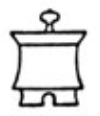
aryballos
rotund
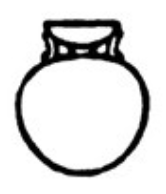
alabastron
tall, no handles

fresco style painting
roman paintings on wood, ivory, other materials; used to adorn interiors of private homes and paint walls
first/incrustation style
simulating marble of various types and colors on painted plaster, simulated masonry
second/architectural style
imitated architectural forms by pictorial means, used shading to offer perspective and dimension, more complex
third/ornate style
single monochrome background, with elaborate architectural details and ornaments
fourth/intricate style
large-scale narrative paintings and panoramic vistas
buon fresco
pigment mixed with water on layer of thin, fresh plaster
fresco-secco
fresco painting done on dry plaster
mezzo-fresco
done on nearly-dry plaster
intonaco
italian word for fresco
mimesis
imitation of nature, main principle for greek art established during the golden age of athens
contrapposto
pose that was more relaxed than those of early greek sculptures; hips tilted, one leg extended, casual stance, etc.
polyclitus (polykleitos)
established the canon (kanon); head is an eighth of the body, width of shoulders a fourth, etc.
doryphoros (spear thrower) sculpture is a demonstration of his ideal proportions
phidias
helped to rebuild the acropolis, possible sculptor of the riace warrior
acropolis
dedicated to athena, rebuilt after destroyed by persian invasion
consists of four structures: the propylaia, parthenon, temple of athena nike, and erechtheion
baths of caracalla
christians later forbade visits to this location because of the excess and moral depravity it indicated
domus
townhouse with a peristyle courtyard, typically inhabited by the wealthier classes in rome
oculus
sole light source, the “eye” of the pantheon in rome
forum romanum (imperial forums)
chief public square of rome, center of religious, ceremonial, public and commercial life; symbolized emperor’s power over people
trajan’s column
trajan was one of five good emperors, this work suggests his power and male virility
arches
done in rome to symbolize triumph, military might and political power
ara pacis augustae
augustus’ first acts, addressed deterioration of morals and family life in rome, criminalized adultery and punished those who did not marry or have children
augustus of primaporta
idealized and propagandistic, displays military garb and cupid riding a dolphin to signify augustus’ descent from the family of gods
verism
principle meaning a high level of realism, truth; revealing subjects’ every wrinkle and wart, imperfections
polis
early city-states that the greeks settled into
symposium
dinner party portrayed in vases, only men and prostitutes attended
meander
the typical greek key pattern on pottery
centaur
purely greek invention, forelegs and hind legs belong to different species
kore and korai
early greek sculptures of men and women
platform, shaft, entablature
parts of a column from bottom to top